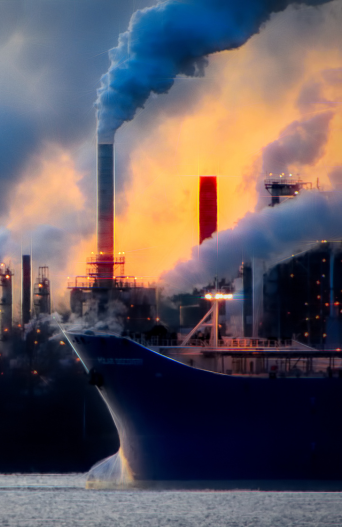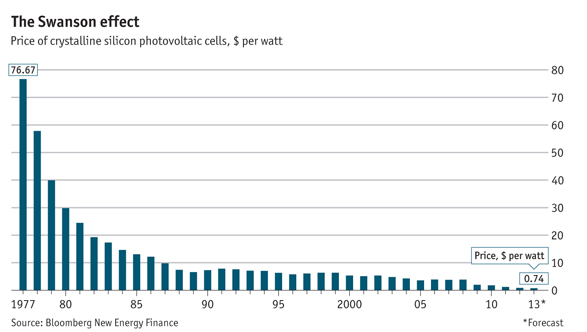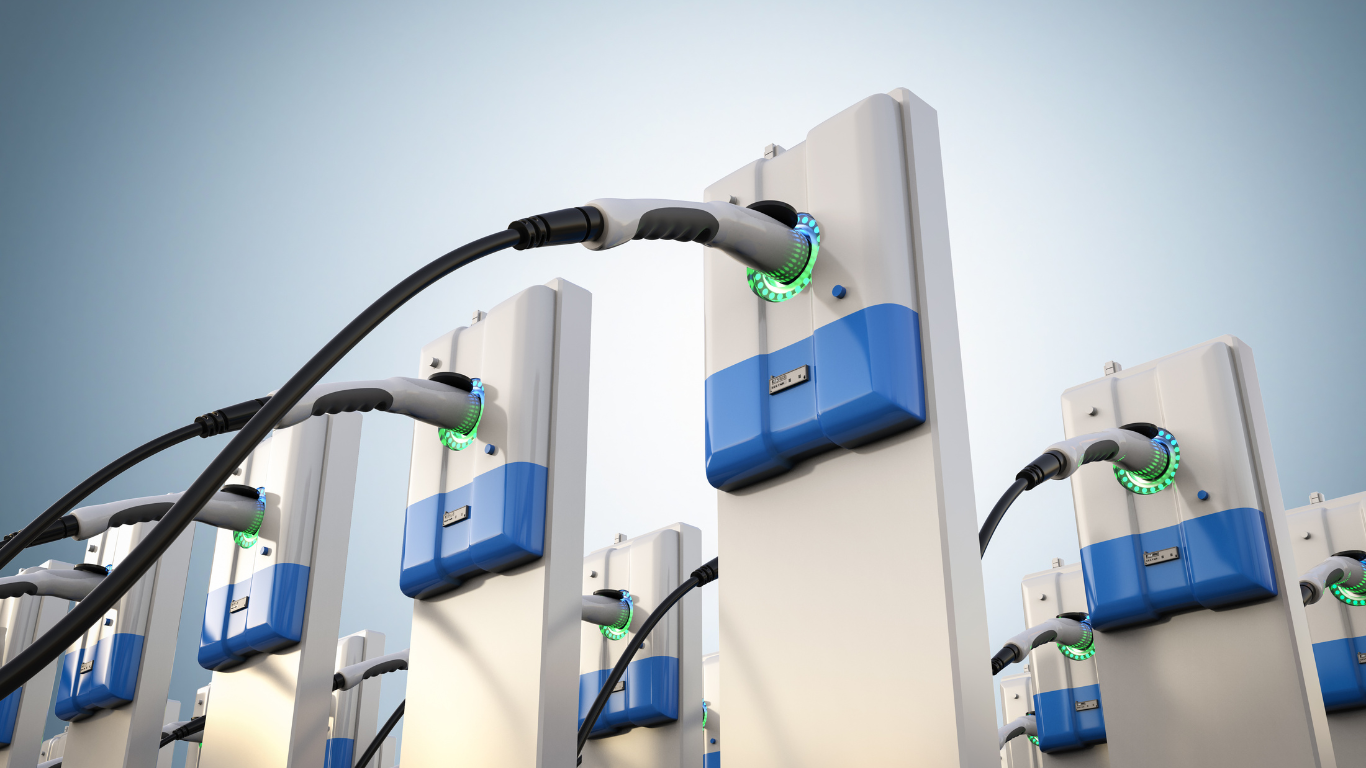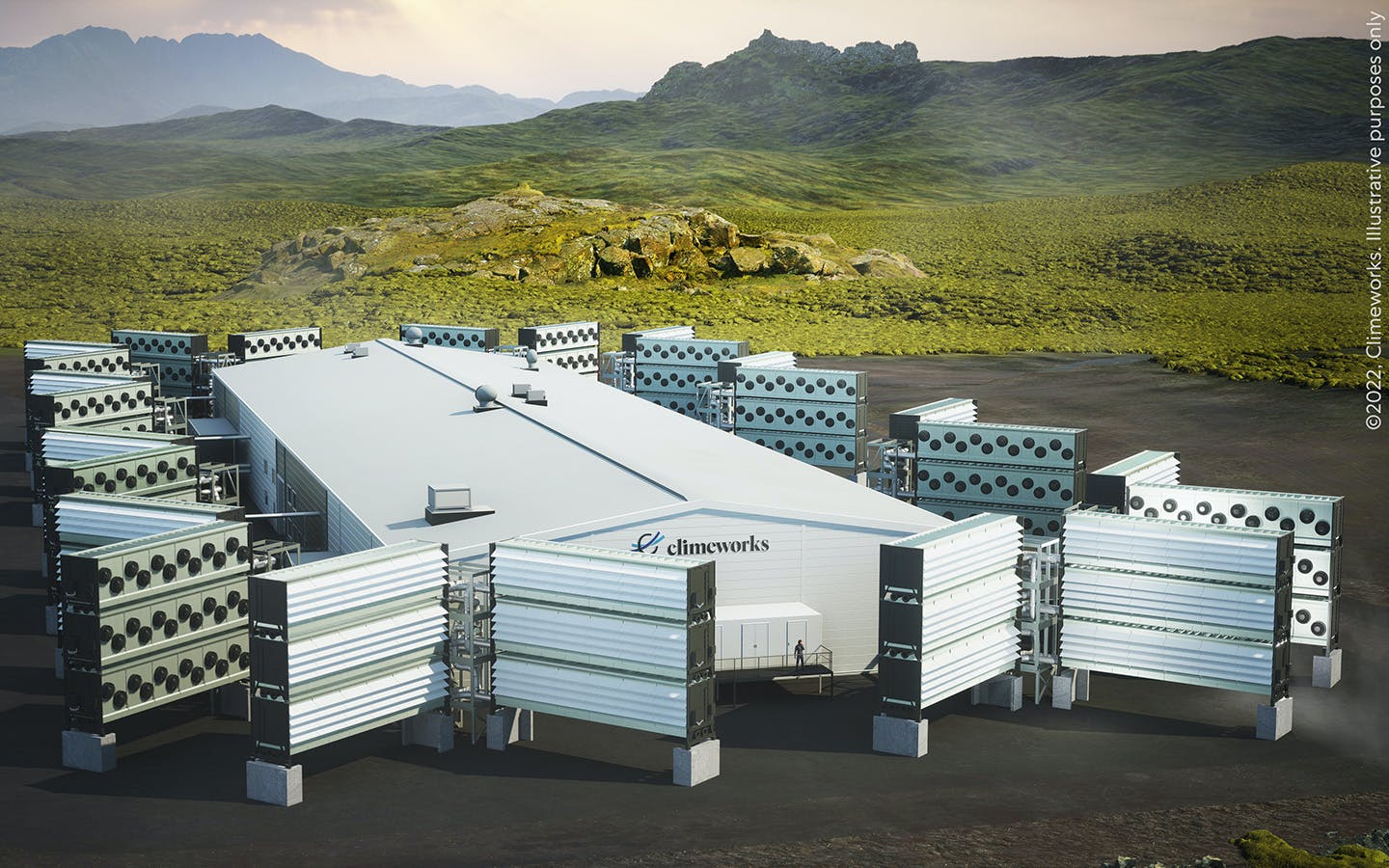
Fighting climate change: prime global concerns
written by
Sortin Team
November 6, 2023
We are all aware about climate change and its impact on our lives. While we rightly acknowledge the magnitude of the problem, it is critical now to identify and adopt the solutions to the crisis. This will require close collaboration and coordination of efforts amongst governments, corporates and individuals.
In this blog, we focus on the priority areas for government and corporate action and identify key actions required.
1. Clean energy
The world consumes ~0.2 million Twh (1012 watt-Hours) of energy every year with fossil fuels (coal, oil and natural gas) fulfilling more than 75% of this demand. At the same time, fossil fuels are the largest emitter of greenhouse gas, accelerating climate change. Hence it is critical to shift our energy demand to cleaner energy options.
The good news is that things are changing with reduced costs and increased adoption of clean energy . The price for solar energy has dropped more than 99% over the last 40 years and now solar is now the cheapest energy generating option.

Decreasing price to produce solar energy
It is not all sorted though. Most nations still plan to increase their fossil fuel consumption due to the ever increasing energy demand. While we are still figuring out a way to curb our energy demands, continued investment, innovation and collaboration amongst stakeholders (incl. fossil fuel producers) will be key to the success and speed of adoption of clean energy.
2. Transform travel
From fossil fuels to one of their largest customers. The travel and transportation sector accounts for 14% of all global greenhouse gas emissions. Hence we have to figure out a way to reduce emissions across our cars, 2-wheelers, trucks, flights, ships etc.
The solution closest to achieving commercial scale are Electric Vehicles (EVs). Improvements in design, reduction in costs and government support have been critical in increasing the sales of EVs by 2000% over the last 3 years in India. Other development-stage solutions like hydrogen, synthetic and bio fuels have also gained traction. Recently, Indian government also announced a support of $2.3 billion aiming to make India a global hub of green hydrogen.
The sustainable travel sector has been at the forefront of the climate action narrative which has brought significant attention and funding to it. Yet the sector still requires immense effort on R&D (to make the cleaner alternatives viable and safe), developing the charging/fuelling infrastructure (to enable widescale adoption) and development of new solutions (for long-haul travel).

Charging/fuelling infrastructure is key to widescale adoption of non-fossil fuel vehicles
3. Treat agriculture
Now this is one dark horse of greenhouse gas emissions. Agriculture sector is one of the largest emitters of greenhouse gases, emitting 10-15% of total global emissions. As such, two agrarian activities contribute to the most damage – land use change (clearing forests to increase farm land) and animal husbandry (for meat, dairy, farm animals etc.)
Land use change leads to decrease in extent of carbon sink i.e. the carbon that can be captured by the trees. Raising animals contributes disproportionately to increasing Methane (another greenhouse gas) concentration in the atmosphere.
While simple sustainable farming practices go a long way, treating agriculture is a very complex problem to solve. The potential to disrupt global food supply is also a huge deterrent for policy makers to push for disruptive solutions in this space.
As the governments are planning to implement tougher and clearer agricultural norms, the corporate sector needs to create awareness, develop better products (both to improve efficiency of agriculture and reducing emissions) and drive shift in food consumption behaviors' across individuals.
4. Capture carbon
As the world around us is being reimagined in order to reduce future emissions, we also have to correct our past mistakes. Our activities and associated emissions have already caused irreversible increase in global temperatures and we must explore all options to mitigate against future risks.
Capturing carbon directly from atmosphere is one such way to reverse part of the past damage. Atmospheric carbon can be captured naturally (afforestation, mangrove preservation) and mechanically (through large machines). While natural ways promise long-term benefits, we have to build upon mechanical carbon capture to keep with our rising emissions.

World’s largest carbon capture facility in Iceland, Image: Climeworks
The good news is that such technology already exists and is also generating significant investor interests including prominent billionaires like Bill Gates, but the present costs need to be slashed heavily to make it a scalable option.
As government and corporates are adopting sustainable policies, individuals too have a huge role to play. Read more about it here.